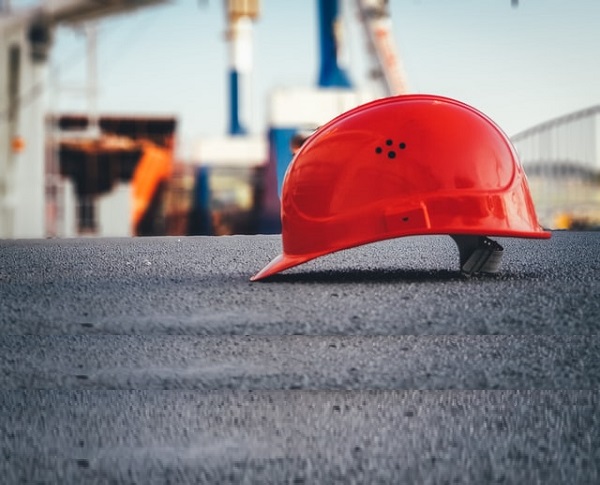Free Course
STSC Prep Course
Study with the most realistic STSC practice course available and make sure you walk into test day with total confidence.
Course Modules - (54)
Our proven test prep methods have worked; that’s why we guarantee you will see an increase of at least 40 points on your STSC. If you don’t, we’ll give you a full refund. It’s that simple
Learning Outcomes:
- Better scores. Better price. Guaranteed
Completion Requirements:
Students may request IACET CEU credit upon successful completion of the course, provided all required criteria are met. This option is available for those who wish to receive official recognition of their continuing education.
Online OSHA classes tend to be more cost-effective than in-person courses. You can save on travel expenses, lodging, and other associated costs, making online training a more budget-friendly option. Additionally, online courses can often be completed more quickly than their in-person counterparts, as you can work through the material at your own pace and without the constraints of a fixed class schedule.


